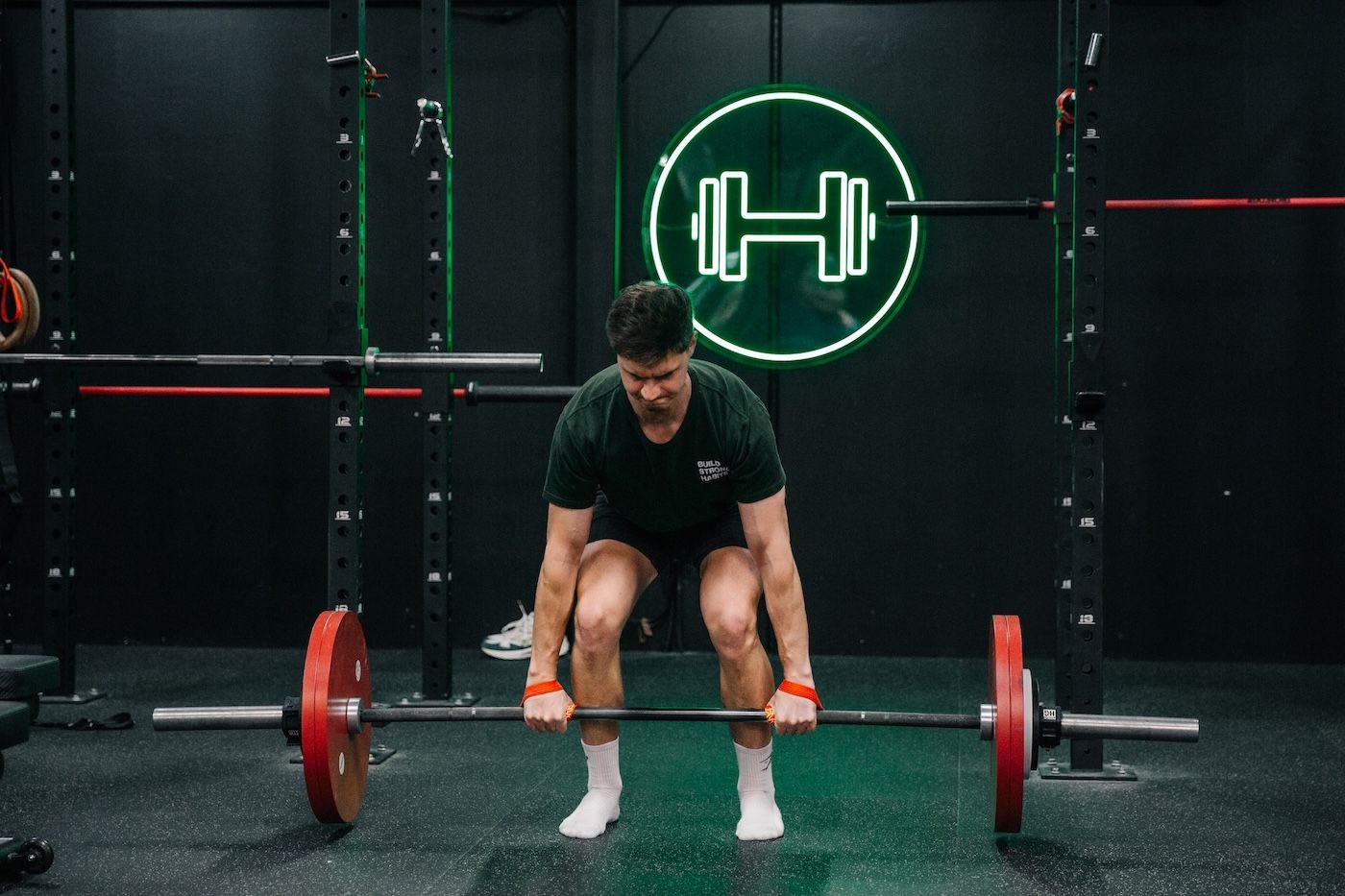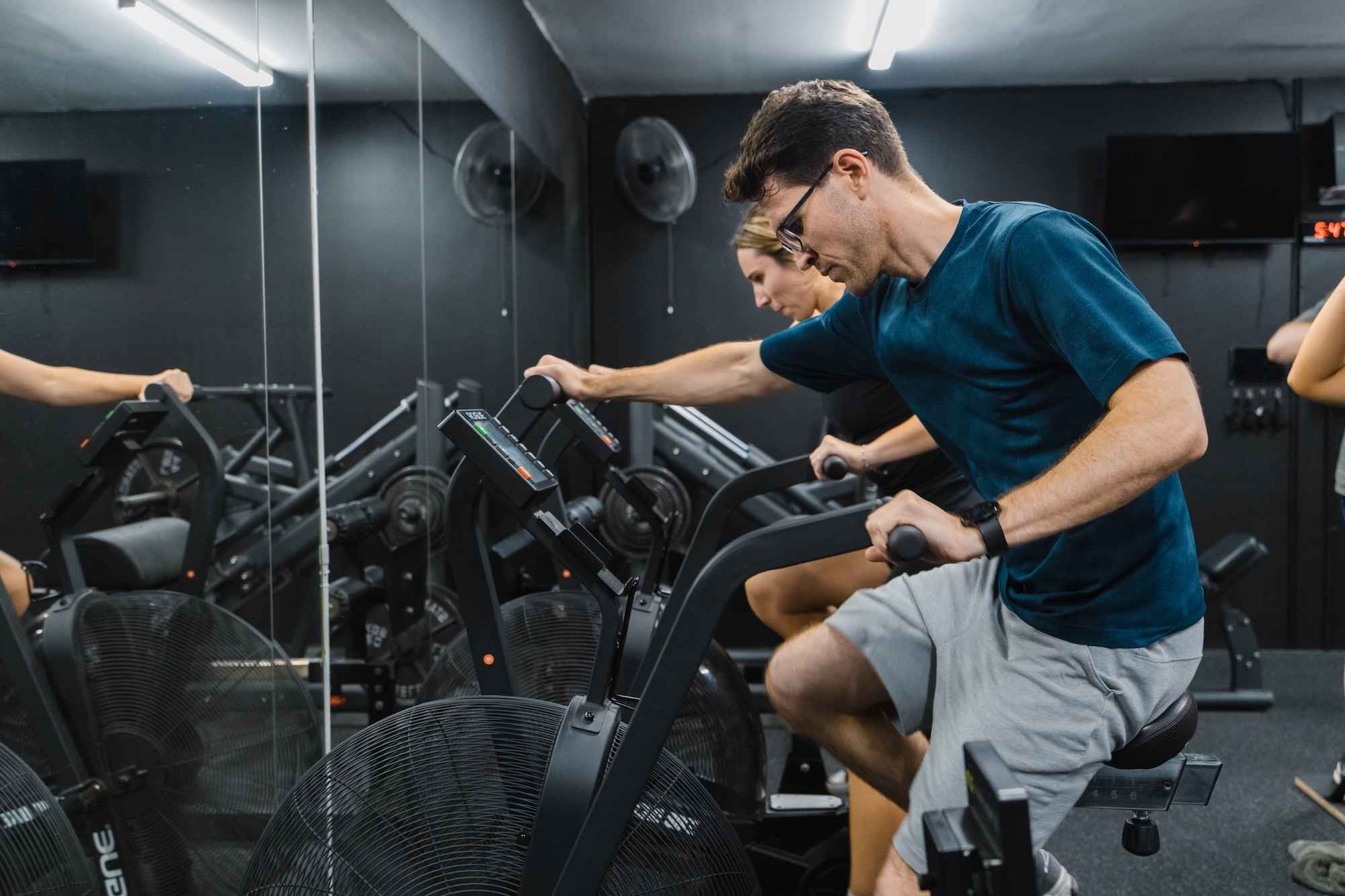Progressive Overload: How to Build Strength
Do you ever feel like your training hasn’t really improved or you haven’t made any gains? Your progress was great when you started and you were getting stronger; faster; gaining muscle, or losing fat week after week, and then all of a sudden, it slowed and you eventually stopped making progress. Sound familiar? Yep, it’s happened to all of us. That’s why progressive overload is important to apply to your training.
Progressive overload means doing more over time. For example, you could be adding some weight to the bar, doing more reps, and/or having more productive training sessions (Bret Contreas).
It’s one of the most important principles in strength training because as your body gets used to the same sets, reps and load, results start to plateau. By progressively overloading, you’re increasing the demand on your muscles by making each session harder week on week to increase in size, strength and endurance.
How to progressively overload
Now, progressive overload doesn’t just mean adding weight or reps each week, there are many ways to go about this. Bret Contreas (world-renowned Glute Guy) states, “if you’re starting out, then you want to progress in a range of motion and form. It might be the same weight and reps as the week before, but with better form, that’s progression. You ‘did more’ for the neuromuscular system in terms of movement and even muscle force as better form relies more on the targeted muscles.”
Once you’ve nailed your form and range of motion, you can start progressing your training through other ways:
- Lift the same weight and volume with better form (and eventually less effort as you become more efficient)
- Lift the same weight with more range of motion
- Lift the same weight for more reps
- Do more sets with the same weight and reps
- Decrease rest between sets
- Increase time under tension (e.g. slow eccentrics, pauses, etc.)
- Lift the same weight and volume more often
- Increase the number of training sessions in a week
- Use more advanced training strategies such as eccentric overload, drop sets, static holds, etc.
It’s about training smarter, not harder
Progression won’t always be linear, though. You won’t always be able to increase your squat by 5kg every week - over 52 weeks, that’s a 260kg increase in a year which is absurd.
Adaptations happen in waves; sometimes you’ll make a lot of progress in one week but in another week, you might not be able to lift more weight, or even go backwards! But that’s normal (your body might just need a deload). Don’t be discouraged because training means you’re in it for the long game, and when you look back over the months or even years, you’ll notice that everything has gone up if you just stay consistent and apply progressive overload to your training.
If you want to learn more about progressive overload, Bret Contreas has a great resource that explains the 10 rules of progressive overload.
Or if you just need some guidance on where to start to help you get stronger and train more effectively, you can contact us to book an initial consultation.

